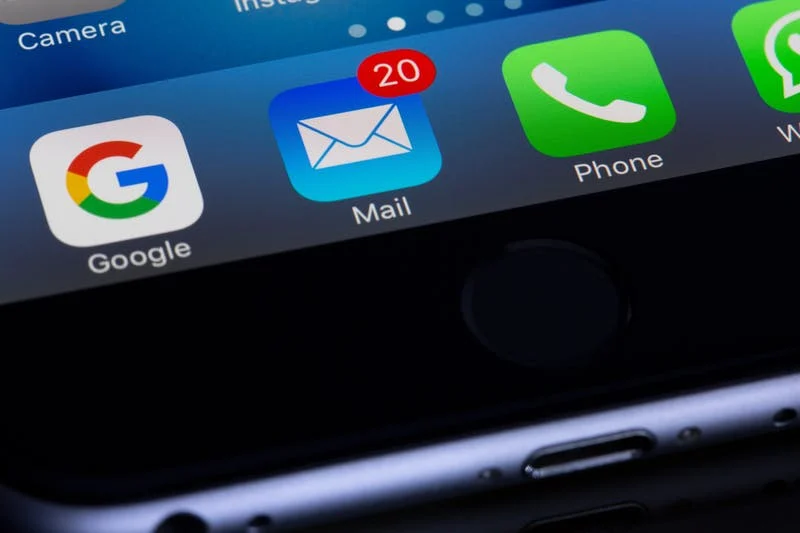
If you have a limited budget for marketing but want to reach highly qualified leads, email marketing is for you. Specifically, you should try cold emailing. In this article, we talk about cold email campaigns, why you should try them, and how to implement them properly. Read on!
Table of Contents
Why Cold Email Marketing?
Cold emails are sent to qualified prospects. Unlike spam emails, which are sent to countless addresses, cold emails require research on whether or not the recipient/s are suitable leads.
Does it work?
According to statistics, 89% of marketers use email as their primary channel for generating leads. That’s because it’s affordable, effective, and scalable. With a limited budget, you can start an email campaign that you can slowly scale as you grow your business.
These steps will help you implement a great cold email marketing strategy.
1. Build an Email List
You need an email list. And not just a list — a good one with plenty of good leads.
Make sure that your list targets a focused customer persona. Try various ways to prospect leads, but manual prospecting is the most common strategy.
While it’s time-consuming, manual prospecting is free. It also yields the highest-quality leads, thanks to human intuition, which helps us determine who is and isn’t a qualified prospect.
If you’re just starting out and have zero contacts to test, you can check fresh email lists from here.
2. Write Engaging Cold Emails
Cold emails can easily be mistaken for spam emails — unless you write quality content. To do that, follow these tips:
Use Catchy Subject Lines
The subject line is the first thing your prospect will read, so it must capture the person’s attention right away. Marketers use various tactics to create engaging subject lines, such as:
- Using emojis leads to a higher unique open rate
- Using specific questions relevant to your prospect
Don’t forget to use A/B split testing with your subject lines, so you know which ones result in higher open rates.
Personalize the Message
This is by far the most important skill you should develop when crafting cold emails. Prospects shy away from generic messages that sound sale-sy without being relevant.
On the other hand, hyper-personalization of cold emails results in higher transactional rates. Research your prospect thoroughly and add one or two details about the prospect in the email.
Add something unique that makes them feel special and that is relevant to your purpose for emailing. Then, address their needs and wants while showcasing how your product or service can help them.
Use Attractive Visuals
Finally, spice up your email by using appropriate visuals. All-text emails are boring, and they tend to get deleted faster than ones with visuals.
Use unique images that help you convey your message clearly. This eliminates the chances of misinterpretation, plus you keep the prospect’s attention. Apart from images, you can also use other visual elements like GIFs, product pictures, demo videos, illustrations, and customer testimonials.
3. Follow Up
Once you’ve sent those emails, be patient. Waiting is part of the game: 27% of email marketing recipients respond to the sixth email.
If they don’t respond right away, don’t give up and delete them from your list. Send personalized follow-up messages after enough time has passed. Avoid spamming and wait for a couple of days in between emails.
4. Scale Your Strategy
After a while, you’ll see results. And while the mantra “don’t fix it if it’s not broken” works, email marketing only becomes truly effective when you scale it.
Eventually, you must invest in tools like Mailchimp or Mailshake to scale up your strategy. These tools offer features that make cold emailing more time- and cost-efficient. They also allow you to personalize messages and follow-up emails with ease.
More importantly, these tools let you track open rates, responses, and link clicks — all of which are important when you want to truly evaluate your campaign’s progress.